Revisit the Lincolnshire house once described by Roosevelt as 'almost too good to be true', and later dismantled brick by brick
Our original article on Easton Hall in Lincolnshire from January 25, 1902, allows readers to see what the estate was like when the main house was still present in all its glory.
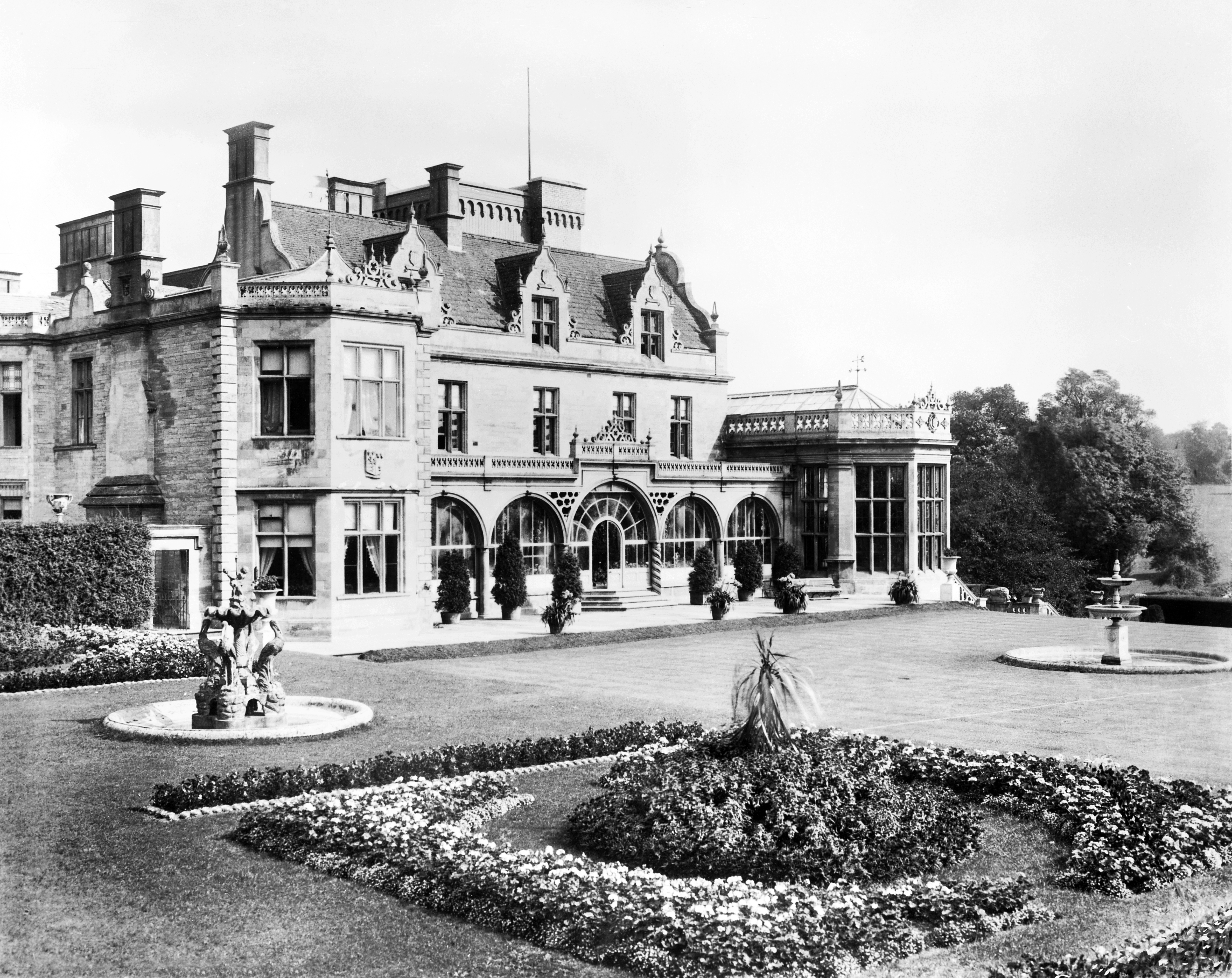

This article originally appeared in the January 25, 1902, issue of Country Life and has been unaltered.
The Country Life Image Archive contains more than 150,000 images documenting British culture and heritage, from 1897 to the present day. An additional 50,000 assets from the historic archive are scheduled to be added this year — with completion expected in Summer 2025. To search and purchase images directly from the Image Archive, please register here.
That might be said of Lincolnshire which Caesar said of ancient Gaul, "Est omnis divisain partes tres." There is the division of Holland, consisting almost entirely of fertile fenland with few grain crops, but possessing a wealth of magnificent churches thickly dotted through the land. There is also the large and varied division of Lindsey, with its fen, its wolds, and and its sandy coasts and dunes. On the whole, the division of Kesteven, in which the subject of this article lies, is the prettiest prettiest and most attractive part of this broad-acred shire. Here we have the wooded, undulating scenery which is characteristic of middle England, with a marked feature in the "Cliff" range, which presents a curiously steep western declivity between Ancaster and Lincoln. Grantham and Stamford have surroundings as attractive as most towns in England, and Stoke Rochford, which is the close neighbour of Easton Hall, is a village of sweet rural characteristics, while the grand churches of Grantham. Heckington, and Sleaford add distinction to the region. It is not surprising to find that this part of Lincolnshire, and the portions of the neighbouring shires which adjoin it, are rich in country seats, and Easton Hall, which lies near to the Leicestershire and Rutland borders, is, in fact, one of a group of estates, which includes the parks of Belton, Syston, Belvoir, and Stoke Rochford. All of these, save the second, have been illustrated and described in these pages.
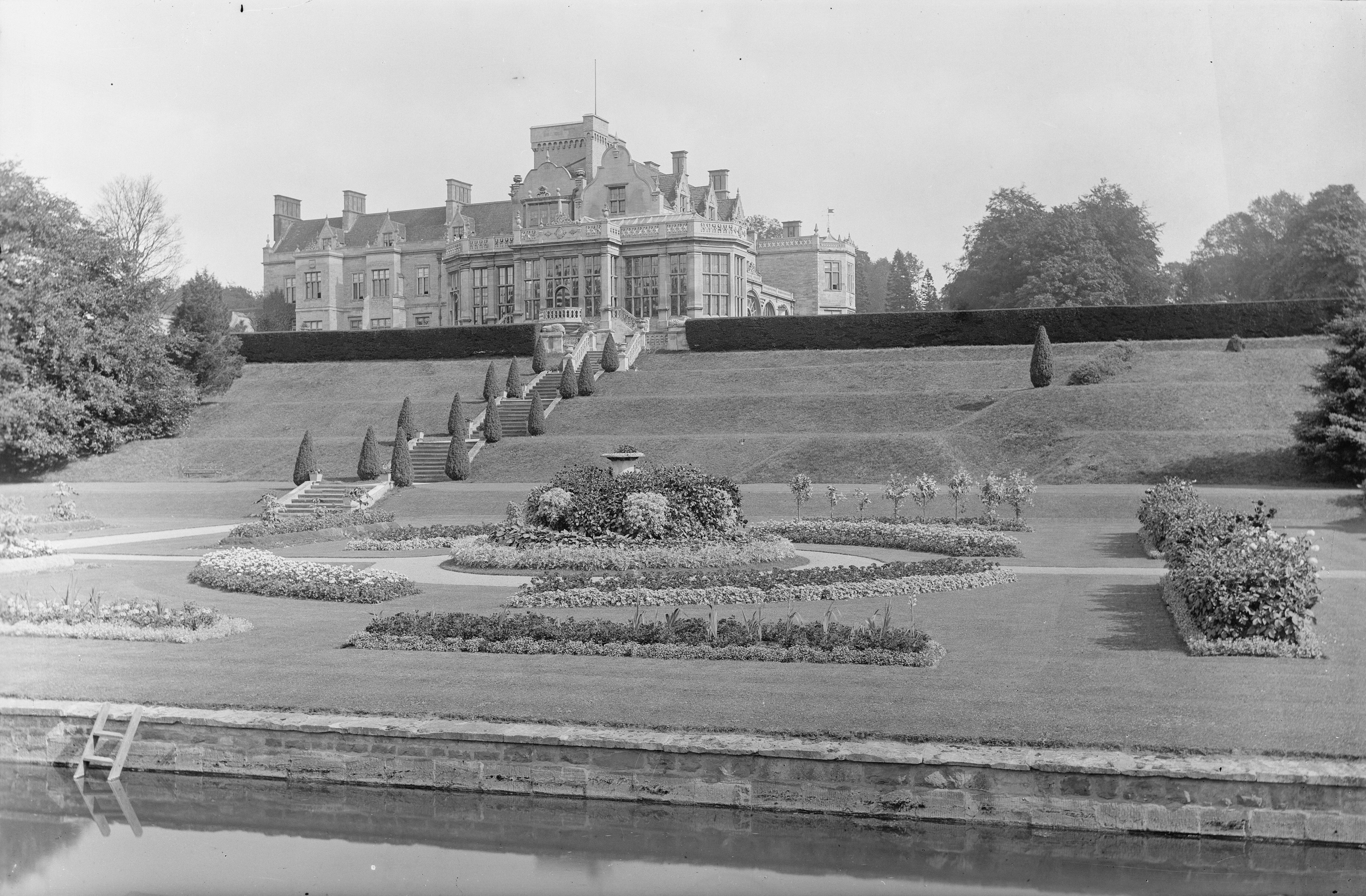
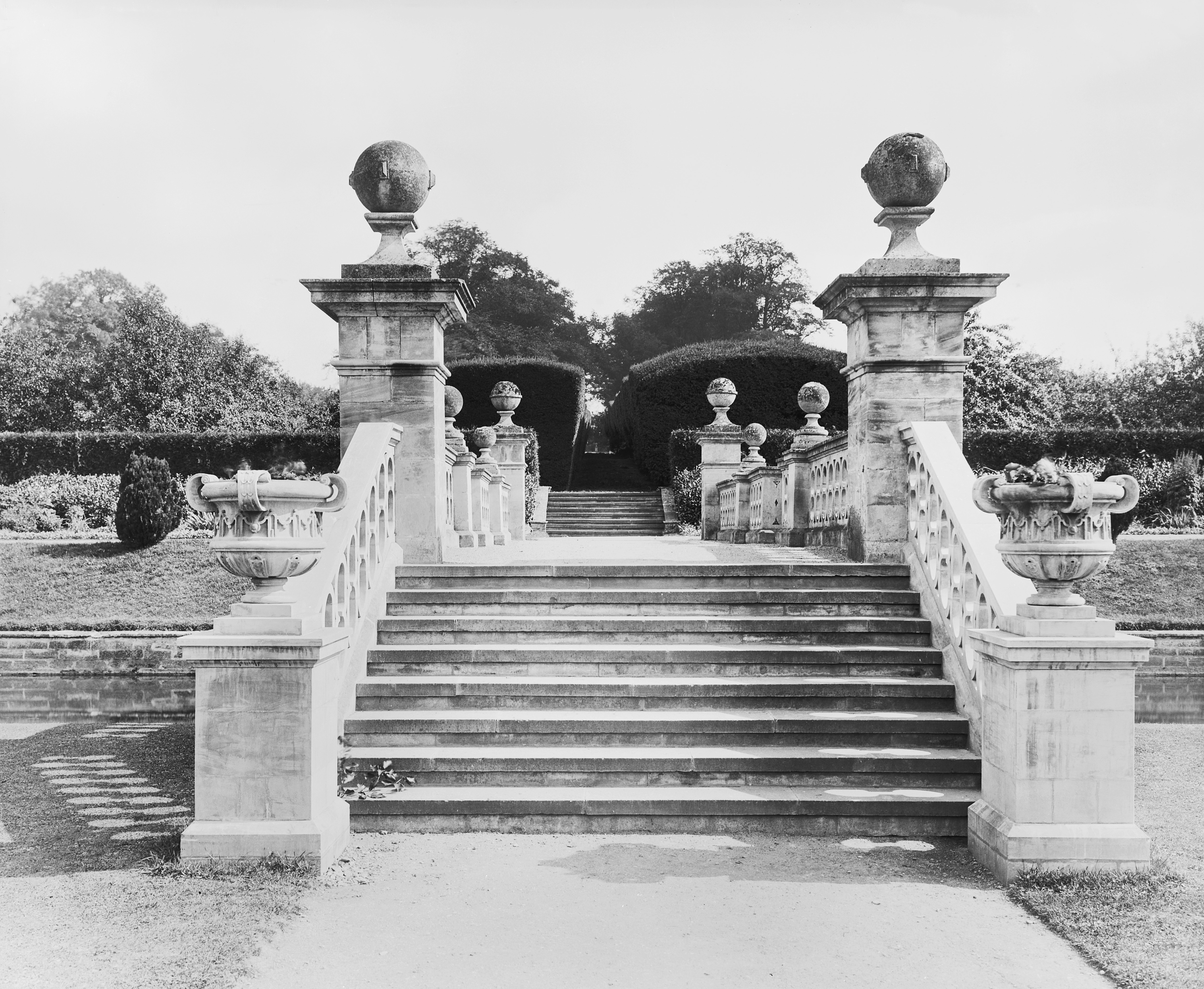
Easton is a township in the parish of Stoke Rochford, lying to the east of the Great North Road, and Sir Hugh Cholmeley is the sole land owner there. Anciently the place belonged to the Tybtofts and the Scropes, to whom in the course of time others succeeded, and in the year 1606 it passed by sale to Sir Henry Cholmeley, Kt., descended from the ancient Cheshire family, who died in 1620. Through the estate flows the gentle River Witham, coming southward from Belton and Grantham, and the house of Sir Henry stood upon the hill above, commanding a view of the beautifully ally wooded valley. Times changed, and through the changing taste of generations the mansion has almost passed away. Mr. Montague Cholmeley took down the west wing, which was reputed to be the oldest part of the house, about a century since, and in the year 1805 he was rebuilding it, as well as the centre. This gentleman was descended from the purchaser of the estate. and was High - Sheriff of the county in 1805, being created a Baronet in the following year. For some years he represented Grantham in Parliament, as did his successor. The present Baronet is the younger and only surviving son of Sir Montague John Cholmeley, his mother having been Lady Georgiana, fifth daughter of William, eighth Duke of St. Albans.
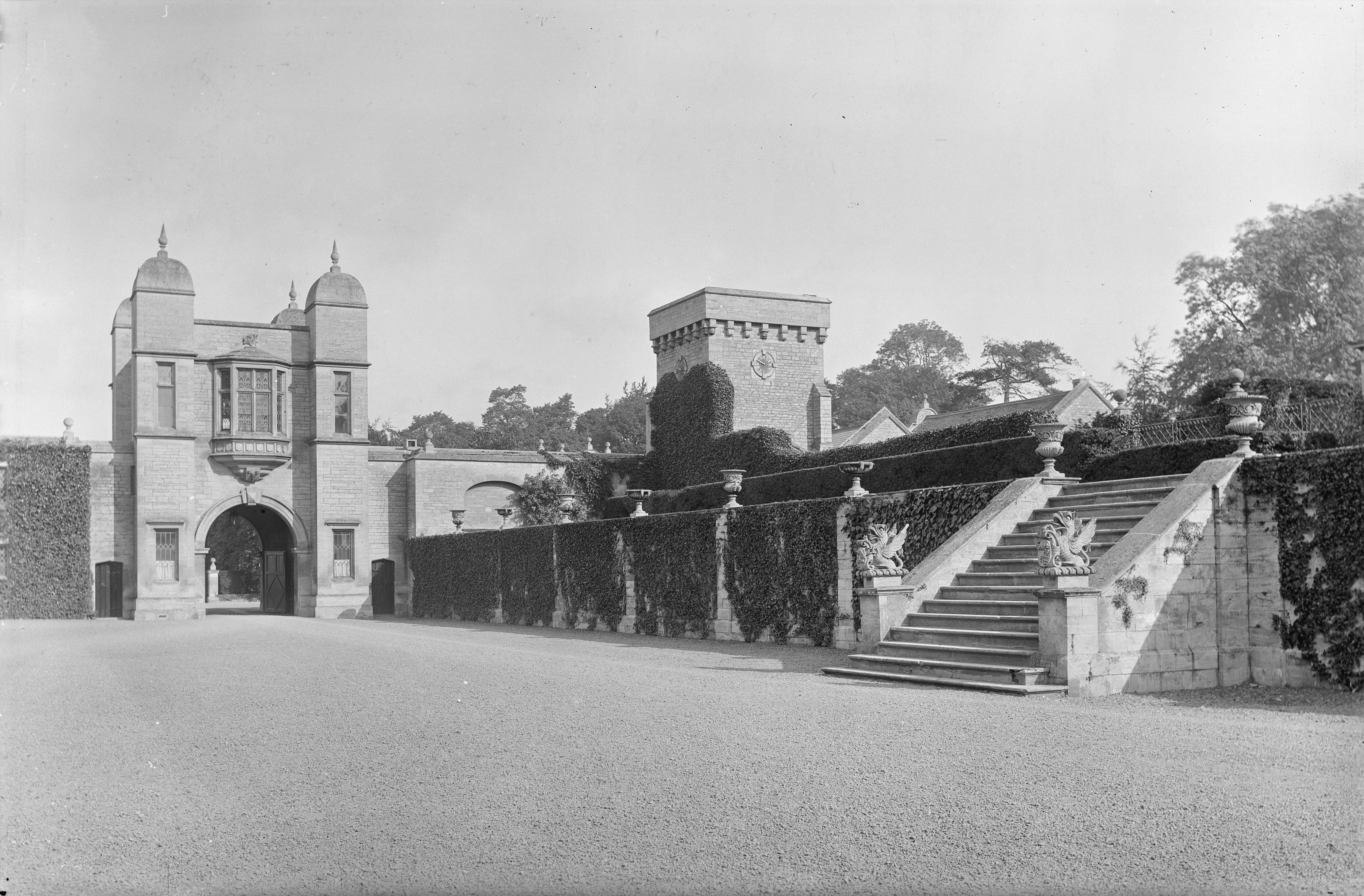
The architectural features of Easton Hall, as it now stands on the hill, belong to a much earlier form than that of the building of 1805, but the bulk of the structure is much more recent, and embodies all the best features of the domestic Tudor style. There could, we are apt to think, be nothing better. The large and lofty windows, with their many storied panes, the perforated cresting of the house, and its cresting or the house, and its picturesque gables and chimneys, are, indeed, the features of a fine architectural conception, and in its spacious and dignified character Easton Hall is very attractive and impressive. Within it is extremely beautiful, and it has a very fine collection of mediæval arms and armour.
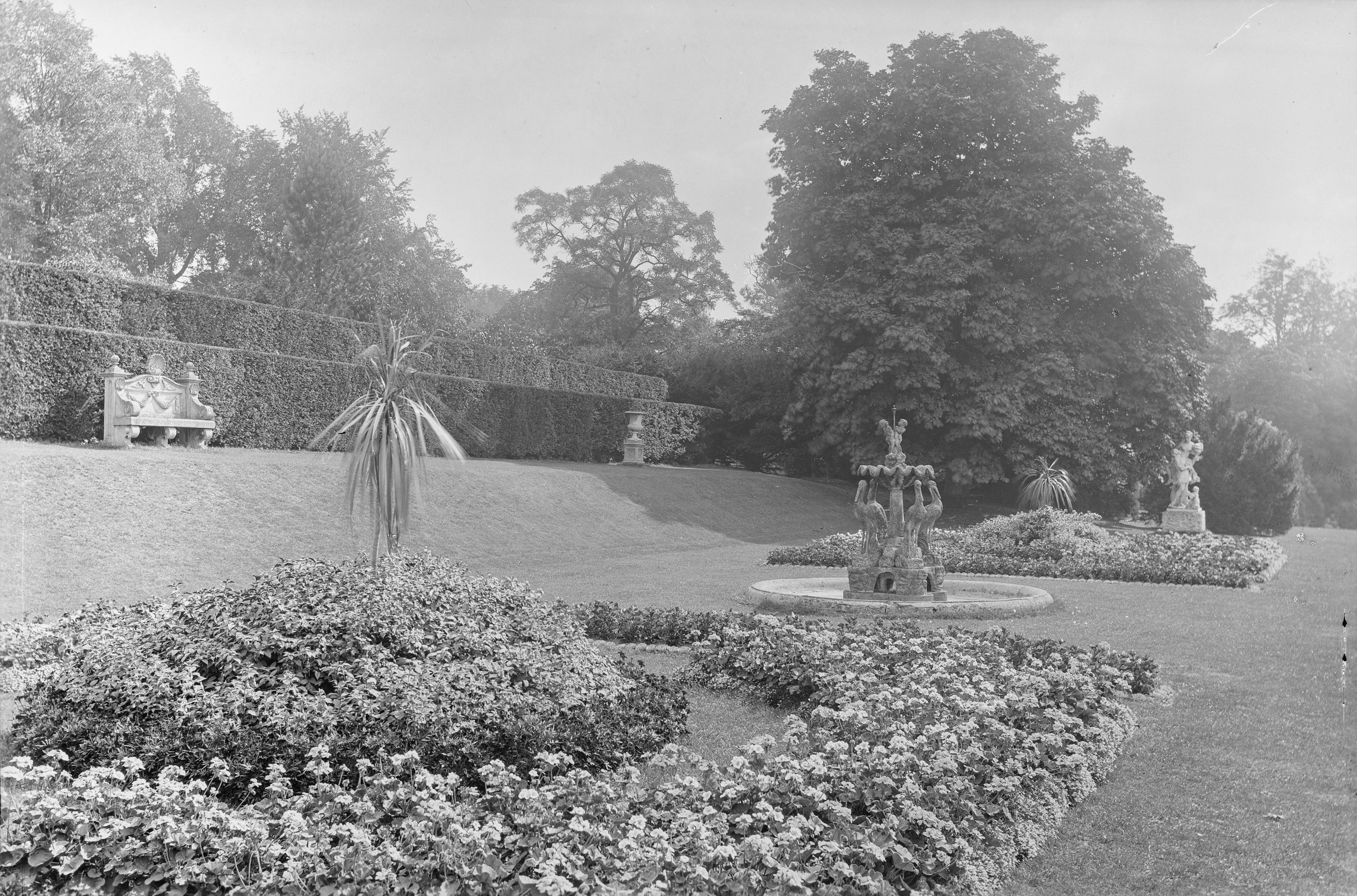
The situation, moreover, is all that could be wished, for the eminence is well wooded, and, by a somewhat steep declivity, the land descends to the River Witham, with a charming outlook beyond. The park has much foliage, and is very fair to behold, though at Stoke Rochford Park, on the other very side of the Great North Road, the woodland attraction may perhaps even be greater. The problem that lay before the garden maker was comparatively simple at Easton, but in simple matters great triumphs may be achieved. There is and was abundance of wood upon the crest and slope, and contrast in the gardenage is afforded by the numerous grass terraces, which give an easy and varied descent to a broad lawn diversified with beautiful flower-beds near the water.
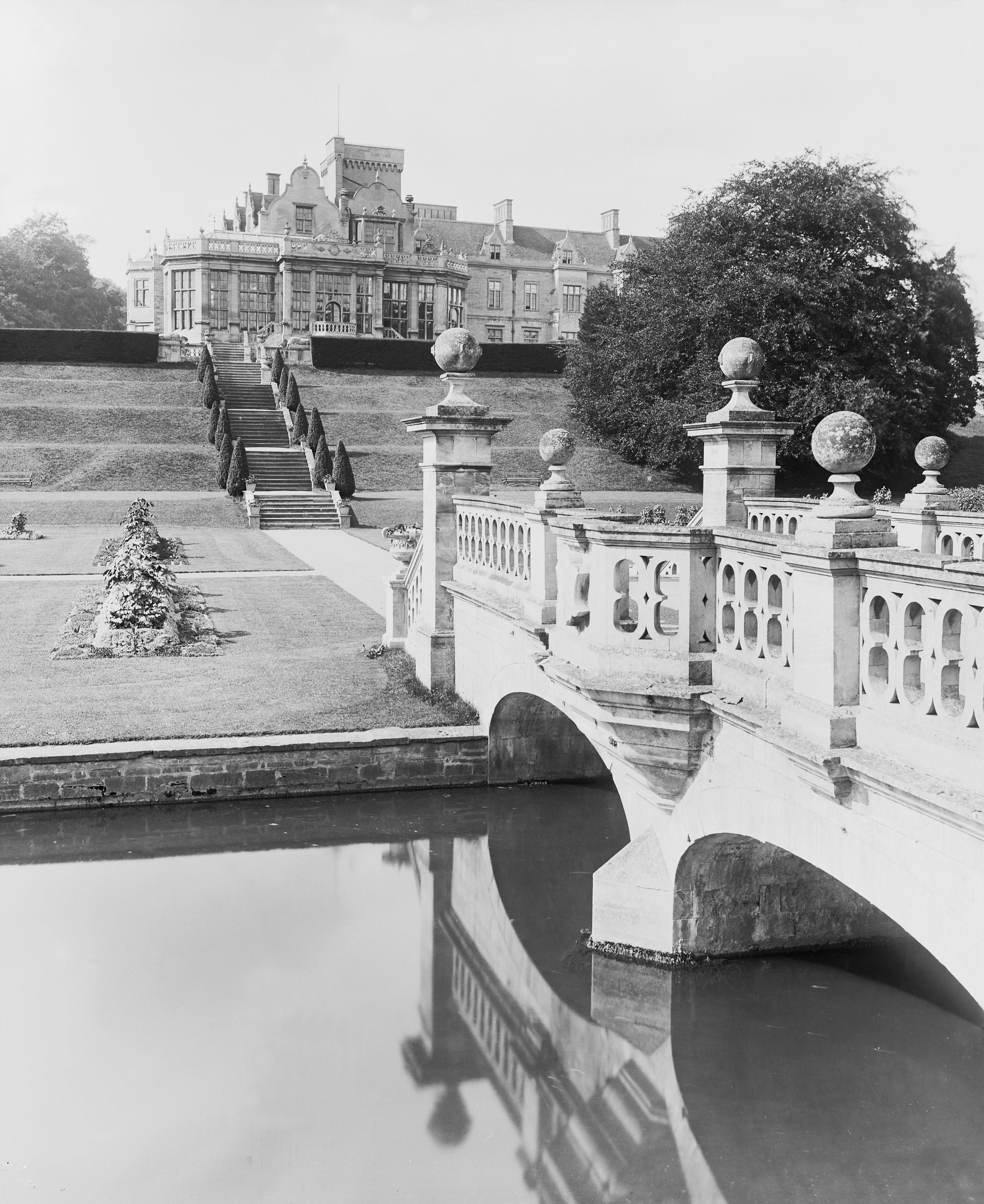
The stairway by which we go down is excellent, and the garden stonework throughout leaves nothing to be desired. Sentinel yews mark the way to where that beautiful bridge spans the still water. This, indeed, is a fine achievement in stone, and the double arching of its construction, the stairways of ascent, the perforated parapet, and the globular terminals, make a admirable picture reflected in the placid mirror below. By the water-side are walks in which it is pleasant to linger in the evenings of summer when the shadows lengthen, for gay and fragrant beds of flowers are there, and beyond is another ascent to an avenue of trees.
Exquisite houses, the beauty of Nature, and how to get the most from your life, straight to your inbox.
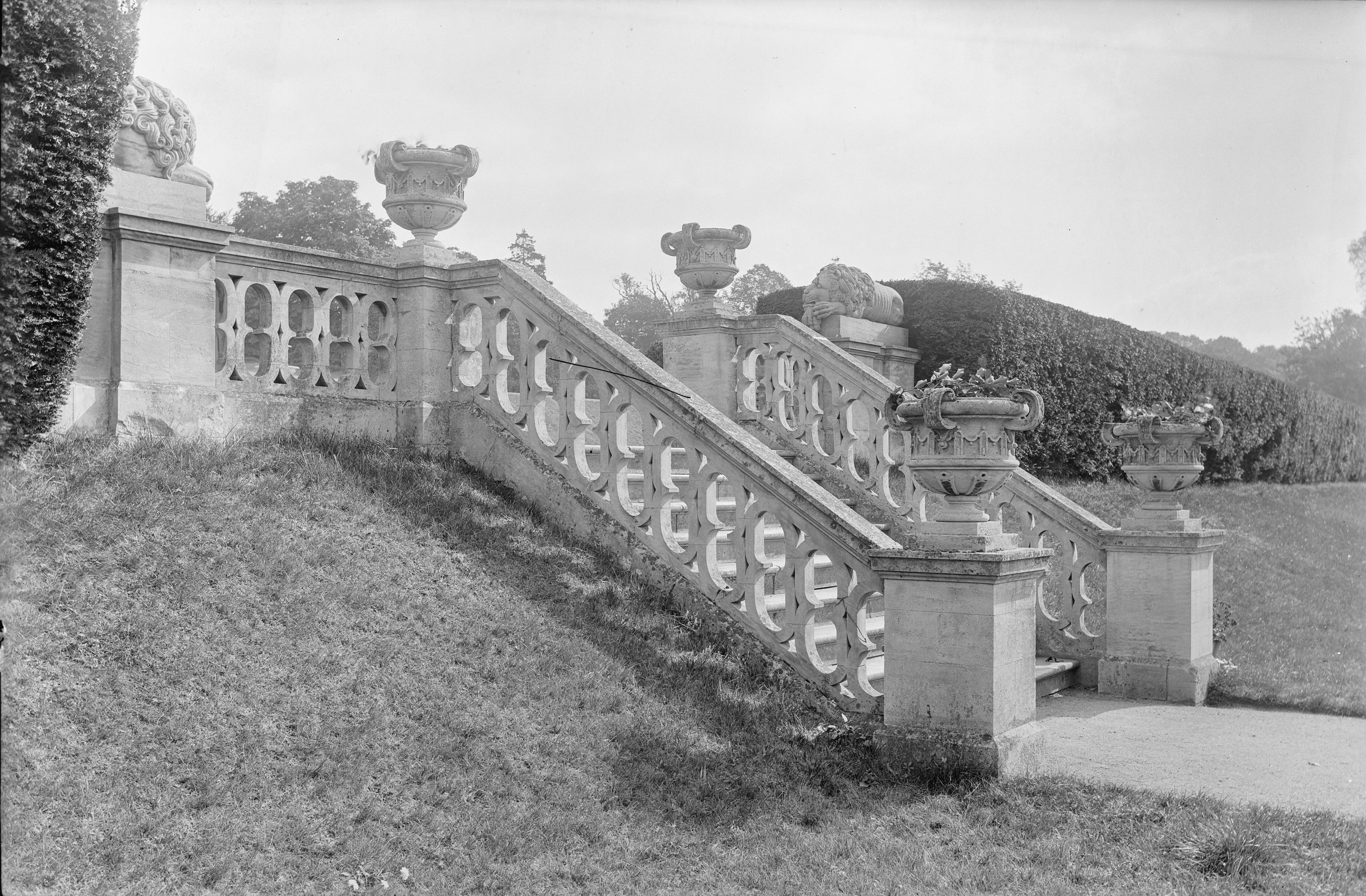
The whole garden area is surveyed from the upper terrace by the house, the broad reaches of the park closing a delightful prospect. It will be noticed that the composition is symmetrical. Through the midst of the pleasaunce runs the long pathway from the descent, over the bridge, and between the wall-like hedges to the avenue beyond, and on either hand are all the beauties that can enrich a modern garden, while picturesque garden-houses are there, from which new beauties may bee enjoyed.
It may be said of such a situation as this, that it possesses those elements which the Italian garden-maker loved. Here, at least, is the varied ground of hill and hollow which gave him the opportunity for his terraces and his flights of steps leading from level to level. He would have accentuated by hedges or balustred walls some features which at Easton Hall are left unadorned, but there is something of the distinction of al national character in the differifferent manners in which the same essentials are developed. This is as it should be. Mr. Sieveking, in that fascinating volume "The Praise of Gardens," remarks that much ridicule has been levelled at Italian pleasaunces for being only a means of walking up and down stairs in the open air, the suggestion being, one supposes, that the Italians have deliberately chosen to form their gardens on steep declivities. The choice is not always deliberate, but those are unfortunate who have no well-accentuated slopes for their gardenage. A witty writer, Mr. Sieveking tells us, replied to the critic, that the Italian could find but little pleasure in the melancholy monotony of an English park, and least of all in a large extent of level lawn; and that if you told him he was to contemplate Nature dressed, he would probably answer that he saw in it only Nature shaved.
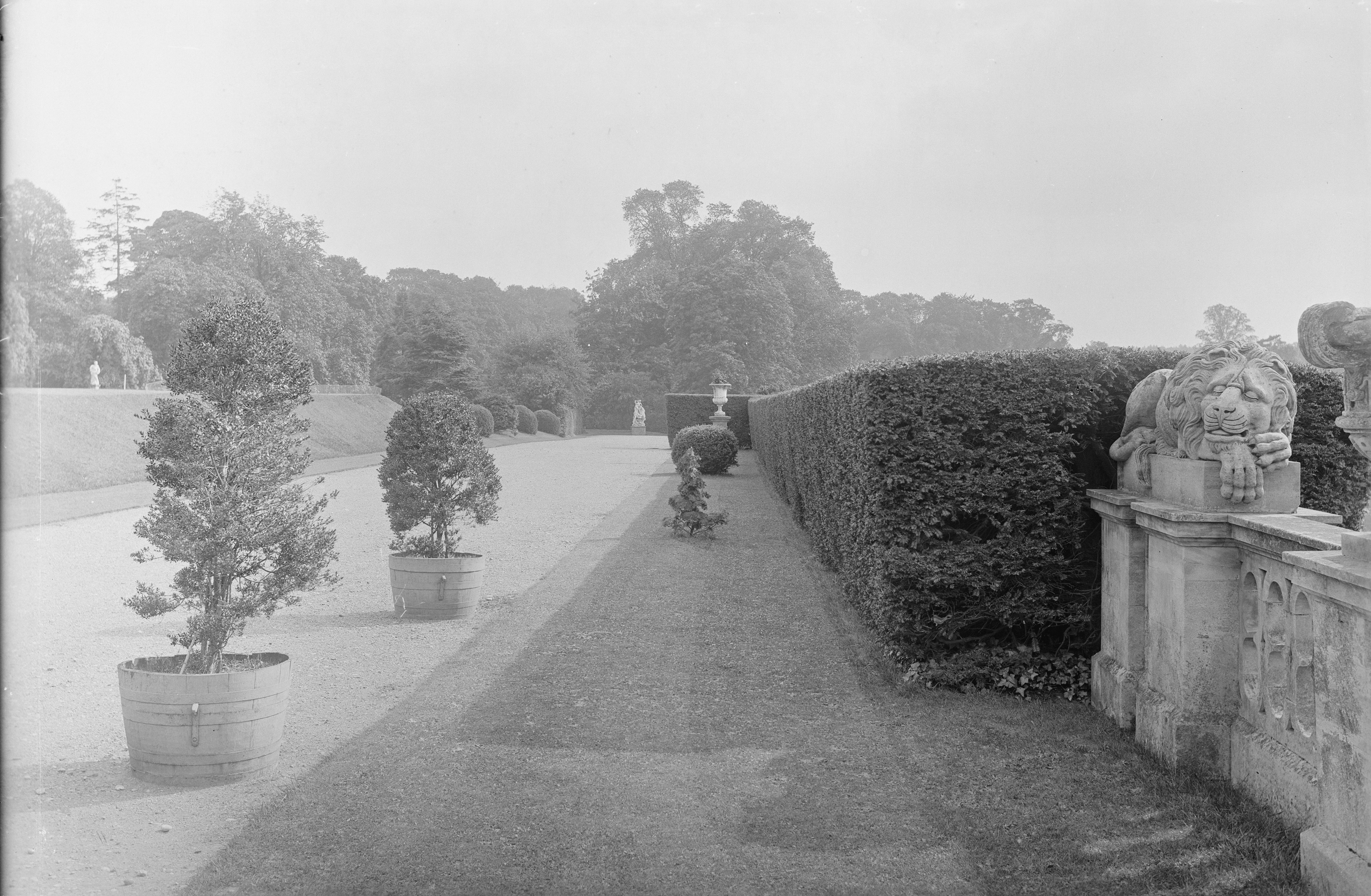
Now at Easton Hall Nature is certainly not over-dressed; neither is it shaved; there is a happy combination of effects such as we cannot but admire, and the house and the garden are as one.
On the south side lies a lovely expanse of turf, and there also, as part of the architectural creation, lying between the two bays of the structure, is the great conservatory. Then the Temple Walk leads through a very pleasant region of the garden, and the long terrace, with its hedges and slopes and its fine statuary, forms another attractive feature. But in short, wherever we go in such a garden as this, lying so advantageously in regard to situation, designed with so much skill, and kept in such a state of perfection, we cannot fail to discover many charms and many beauties of the garden world.
It has often been said in these pages that the character of the house should be borne out in its surroundings, and we see that this is eminently the case at Easton Hall. Architectural features are there to give point and character, without breaking the spell which springs from a rare and beautiful grouping of wood, lawn, water, and garden flowers.
Country Life is unlike any other magazine: the only glossy weekly on the newsstand and the only magazine that has been guest-edited by His Majesty The King not once, but twice. It is a celebration of modern rural life and all its diverse joys and pleasures — that was first published in Queen Victoria's Diamond Jubilee year. Our eclectic mixture of witty and informative content — from the most up-to-date property news and commentary and a coveted glimpse inside some of the UK's best houses and gardens, to gardening, the arts and interior design, written by experts in their field — still cannot be found in print or online, anywhere else.
-
 In search of London’s earliest pint
In search of London’s earliest pintEarly houses — pubs open in the early hours to feed and water the market trade — have been a cornerstone of London for centuries. Yet, as Will Hosie finds, they aren’t stuck in the past.
-
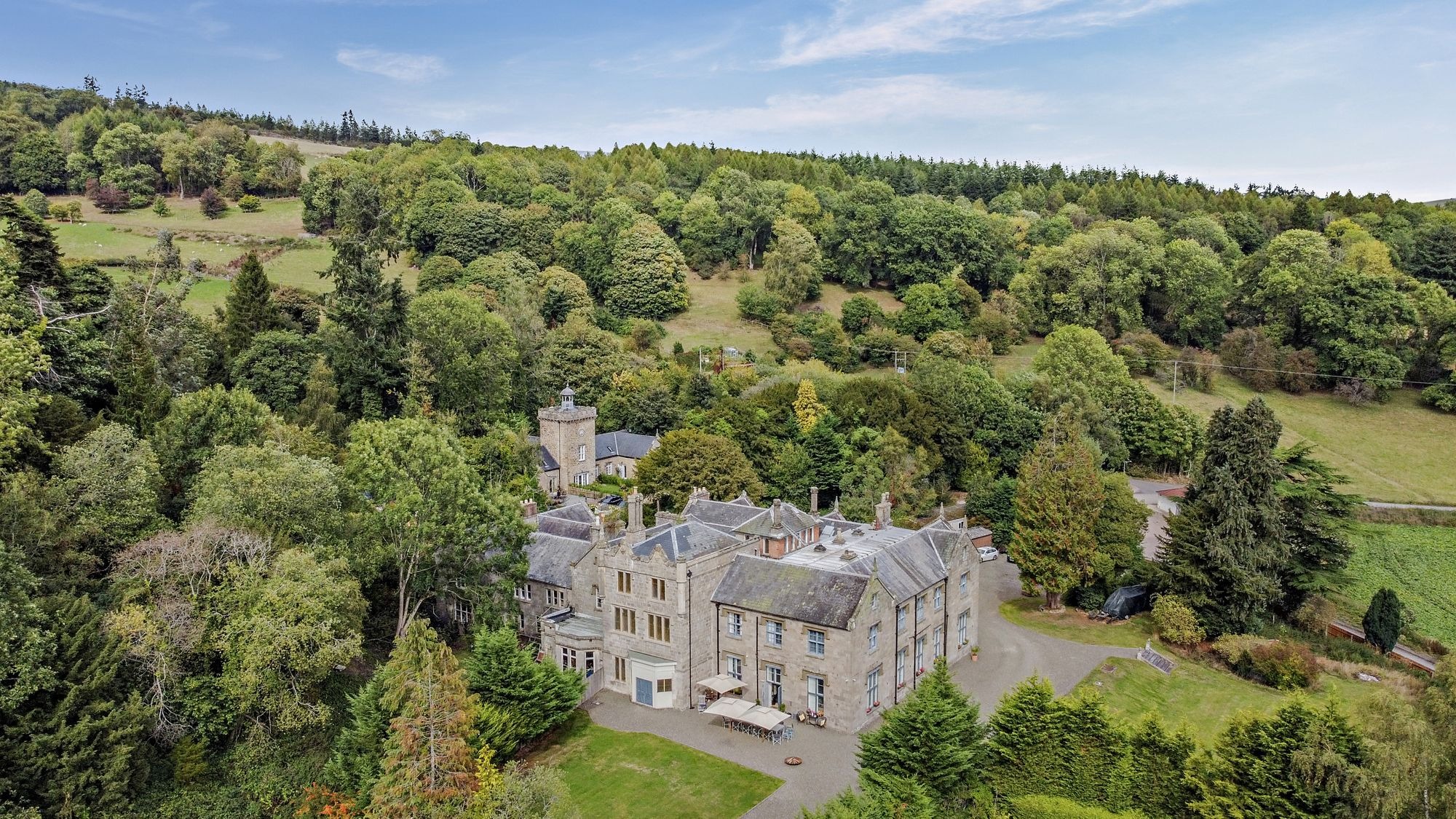 A 14-bedroom 'miniature Downton Abbey' to call your own — and there's not a penny of Mansion Tax to be paid
A 14-bedroom 'miniature Downton Abbey' to call your own — and there's not a penny of Mansion Tax to be paidNorton Manor is an incredible period home that's on the market for £1.3 million.
-
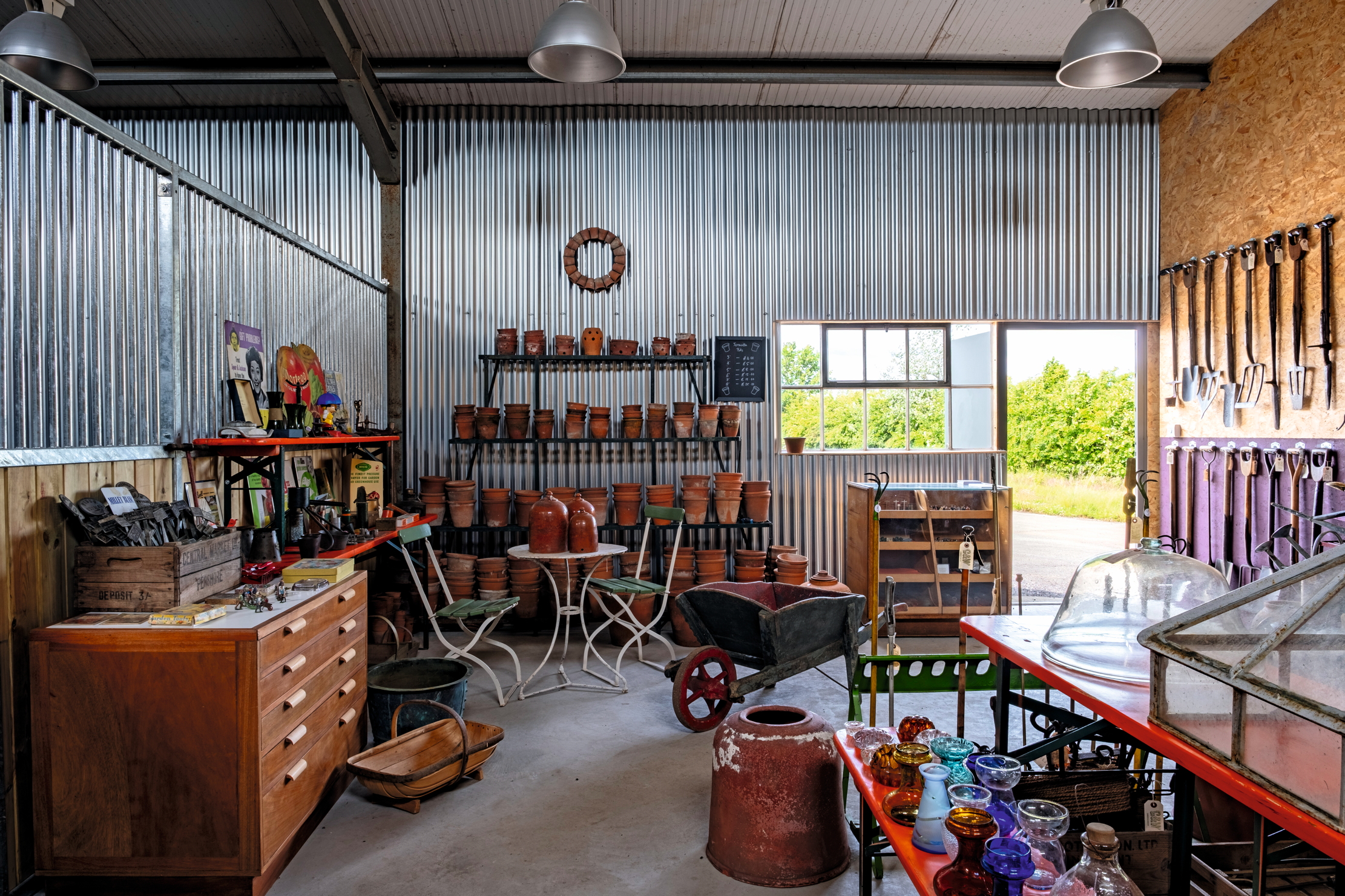 When it comes to making the perfect garden tool, the past has all the answers
When it comes to making the perfect garden tool, the past has all the answersMary Keen visits Garden & Wood, the mecca for dedicated gardeners who prefer using tools made in the 1940s
-
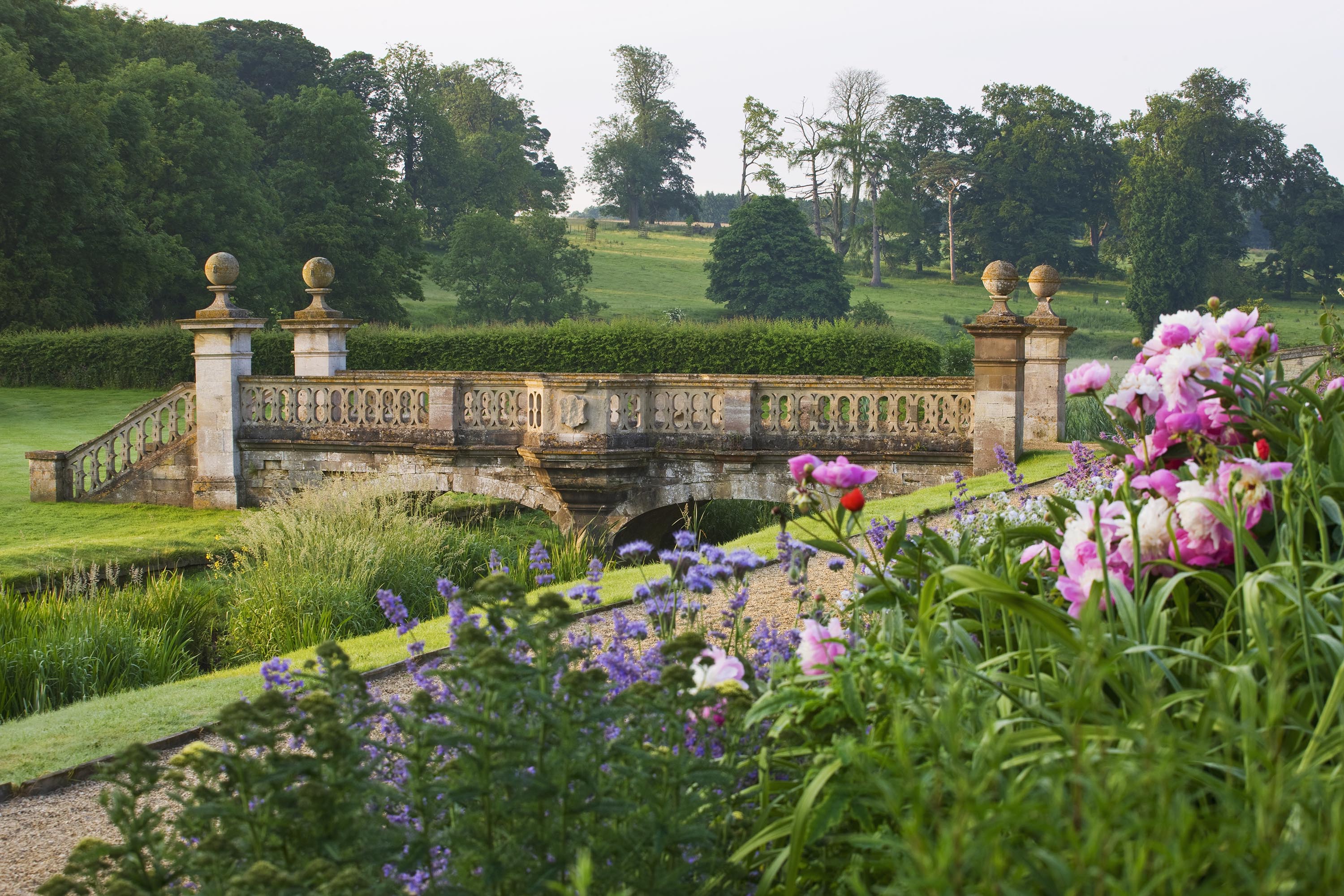 'A dream of Nirvana... almost too good to be true': The sweet peas of Easton Walled Gardens, and how you can replicate their success at home
'A dream of Nirvana... almost too good to be true': The sweet peas of Easton Walled Gardens, and how you can replicate their success at homeUrsula Cholmeley, who has spent 25 years restoring Easton Walled Gardens, recommends sowing sweet peas now for stronger plants that will better withstand the weather.
-
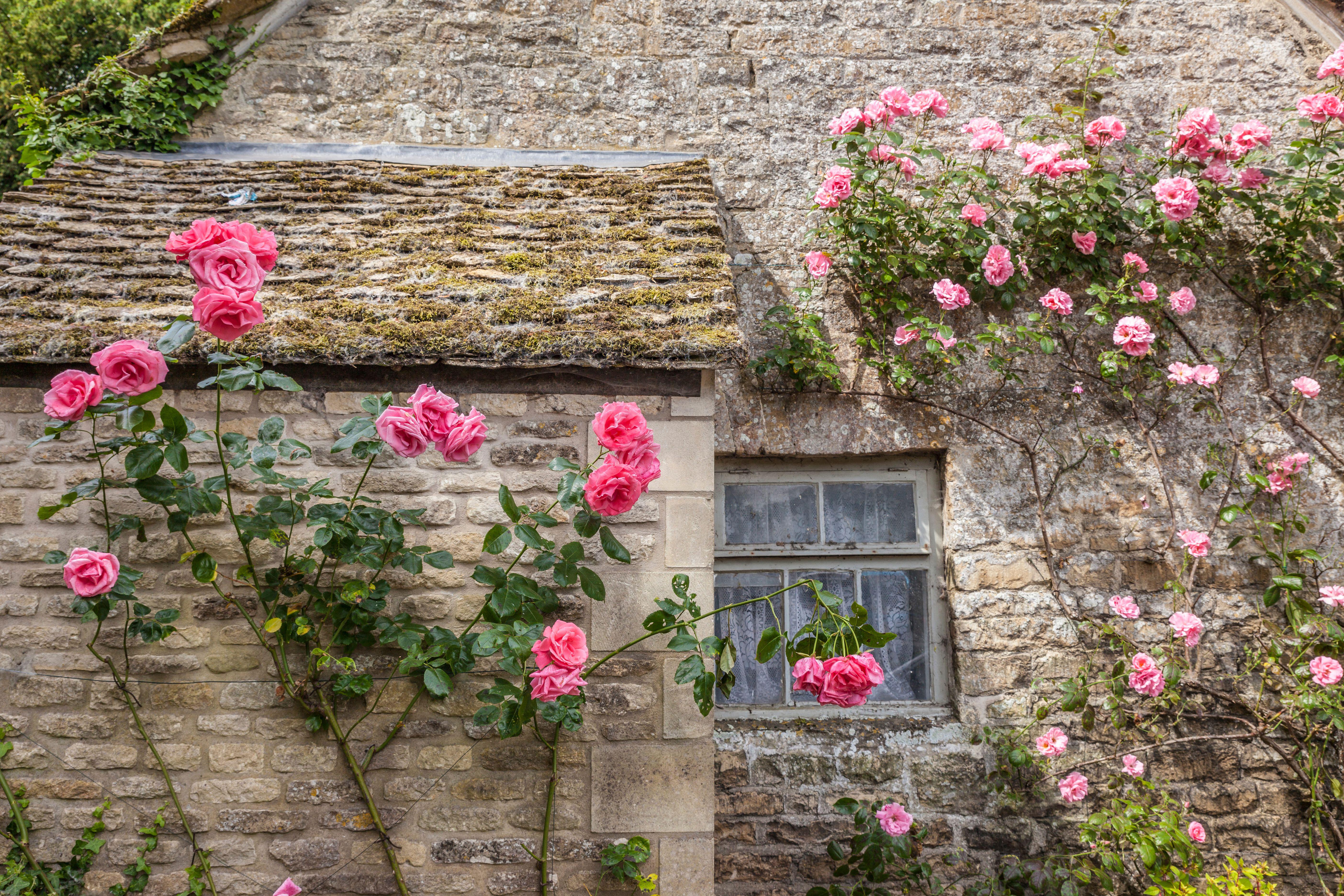 How to choose the perfect rose this bare root season
How to choose the perfect rose this bare root seasonLooks can be deceiving: bare root roses are hardier and more sustainable than potted ones, says Tabi Jackson Gee, who moved to a cottage in Wiltshire and went about finding the perfect plant. You just need patience.
-
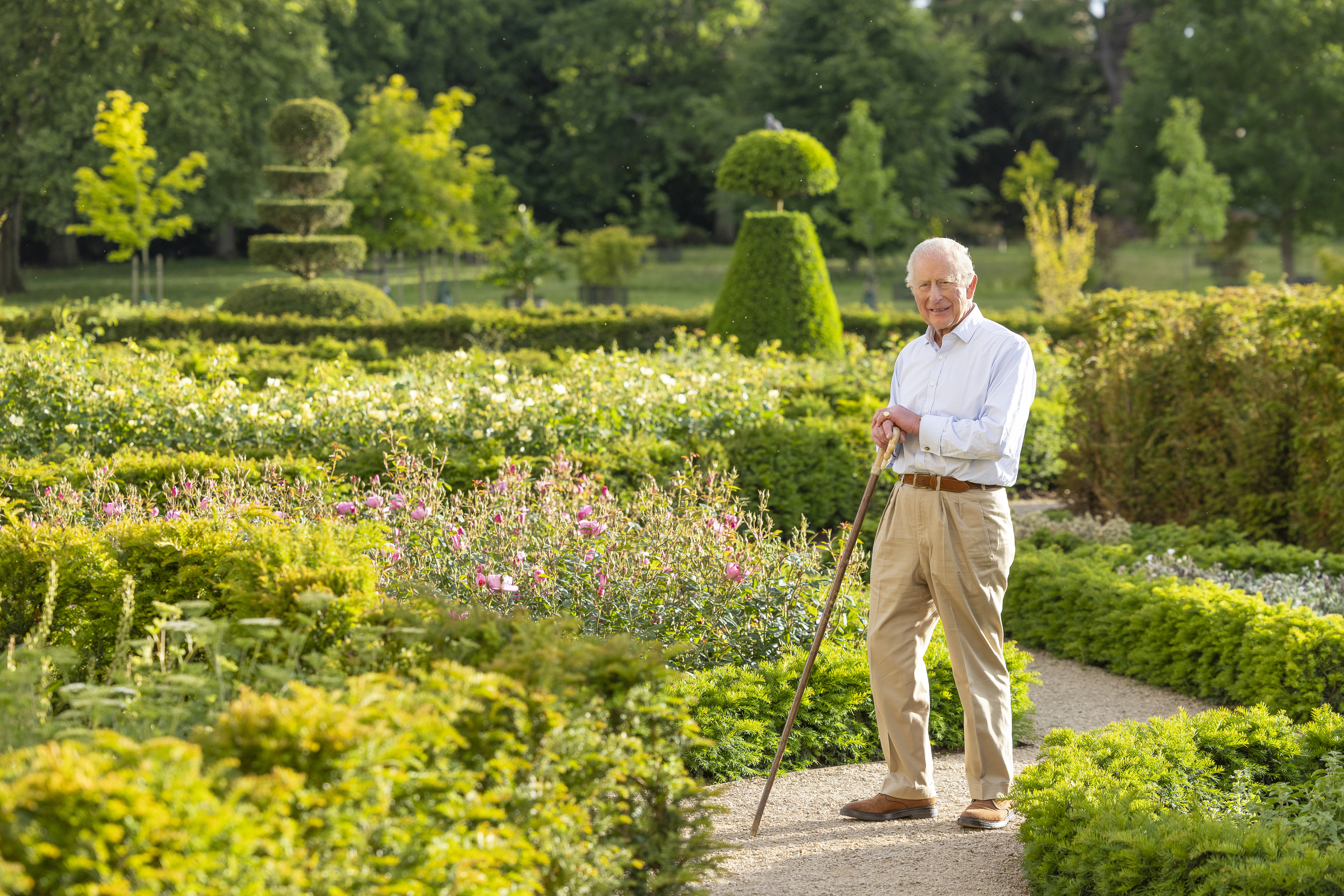 Exclusive: The King's remarkable resurrection of the gardens and parkland at Sandringham
Exclusive: The King's remarkable resurrection of the gardens and parkland at SandringhamThe King took over the running of the 21,000-acre Sandringham estate in 2017 — and in the last three years has transformed it beyond recognition.
-
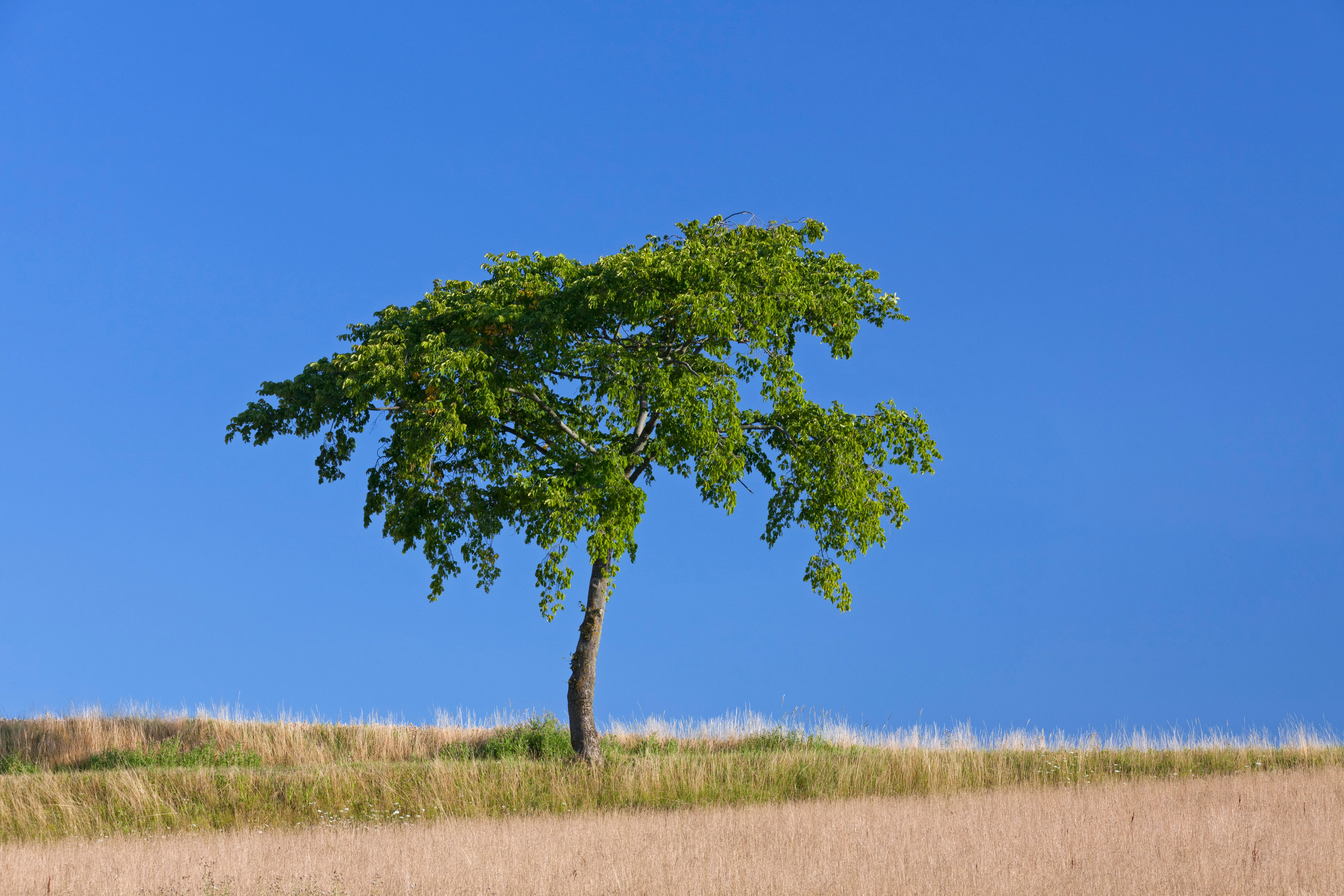 The trees that are as fine to eat as they are to look at
The trees that are as fine to eat as they are to look atMark Diacono doesn't grow many trees for the sake of the bounty they provide — but these are the notable exceptions.
-
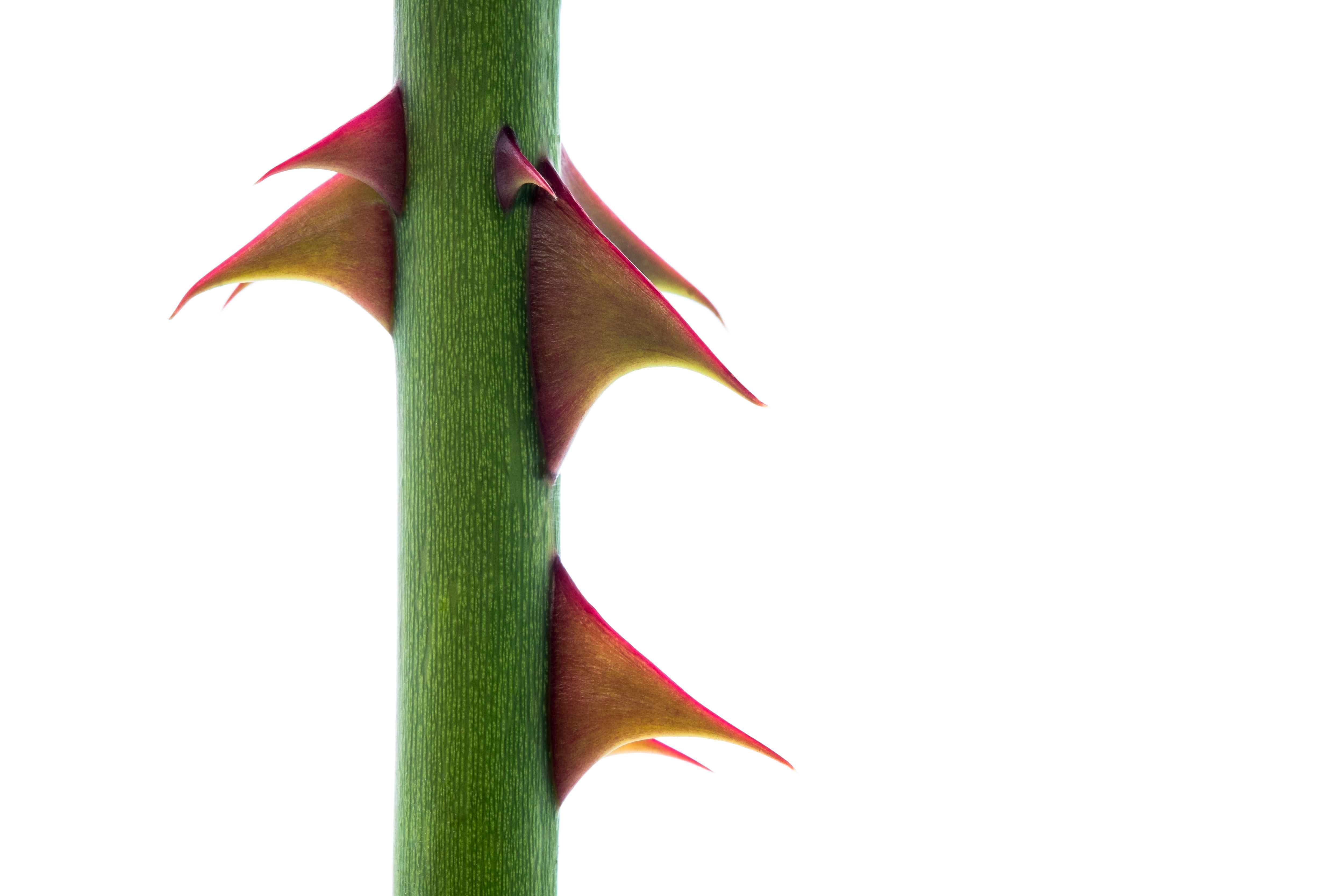 Bothered by brambles and snagged by sow thistles, but what is the point of all this thorny microaggression?
Bothered by brambles and snagged by sow thistles, but what is the point of all this thorny microaggression?Nature’s spiky deterrents — thorns, spines and prickles — may be quick to catch us out, but they can also prove to be a useful ally.
-
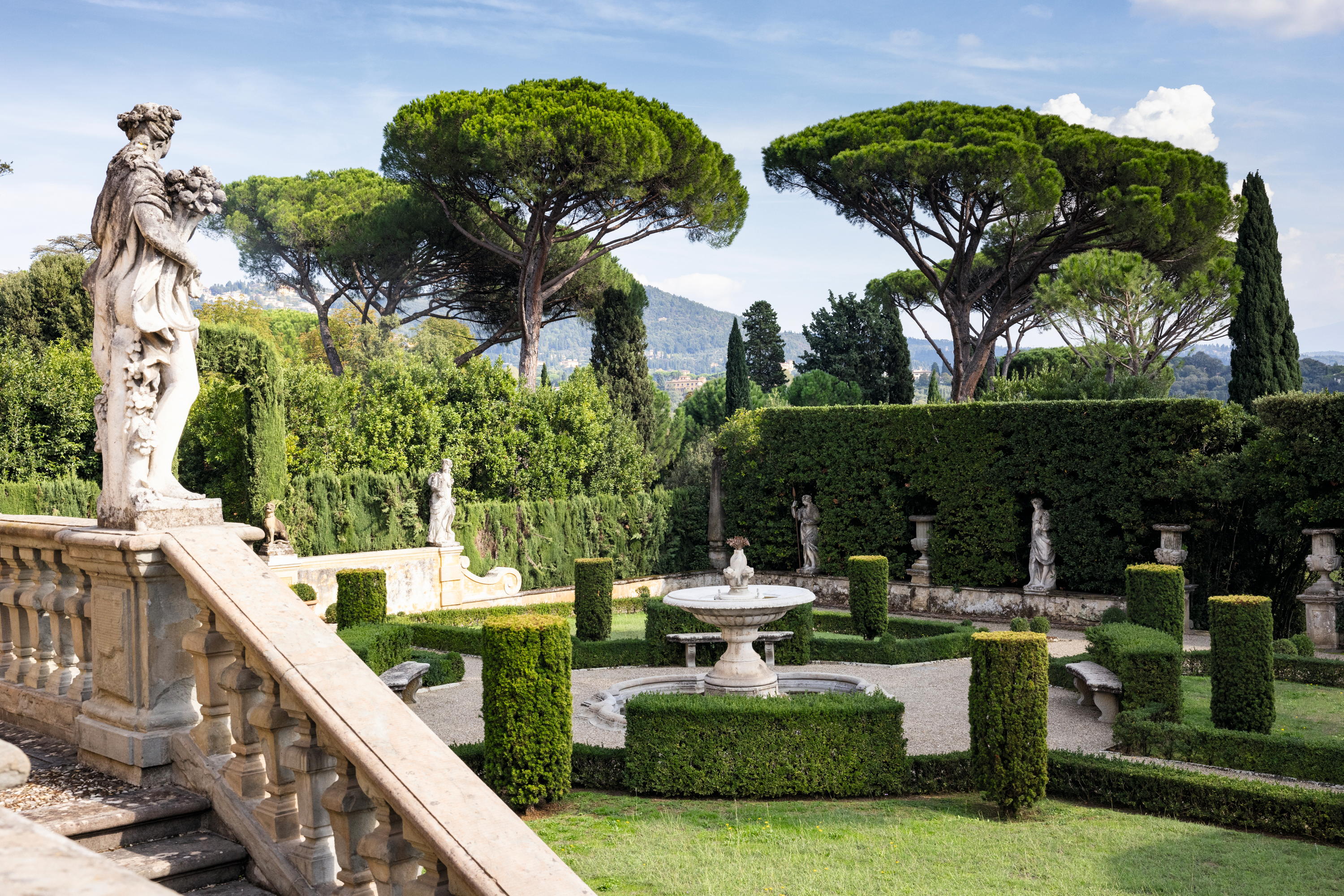 The Tuscan gardens where the English and Italian traditions come together, and Yorkshire rhubarb grows happily beside spectacular citrus
The Tuscan gardens where the English and Italian traditions come together, and Yorkshire rhubarb grows happily beside spectacular citrusNick Dakin-Elliot, who gardens in Tuscany, is still moved by the Italian hilltop gardens that command some of the most beautiful views in the world.
-
 'My family wore wool at a time when everyone else had cast it off in favour of manmade fabrics': The knitwear pioneer who is one of David Beckham's countryside champions
'My family wore wool at a time when everyone else had cast it off in favour of manmade fabrics': The knitwear pioneer who is one of David Beckham's countryside championsJulie Harding speaks to Rachel Carvell-Spedding the founder of British knitwear brand Navygrey, and one of David Beckham's countryside champions.
